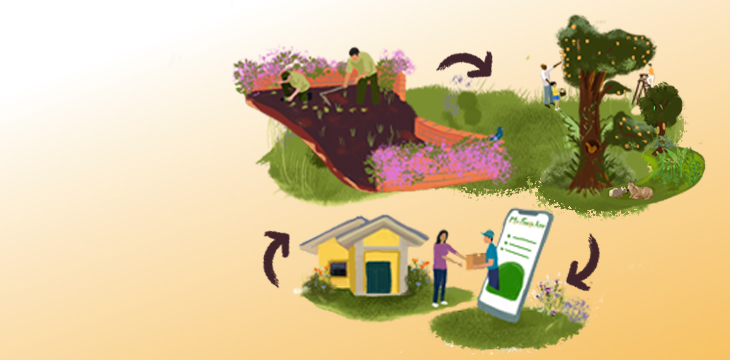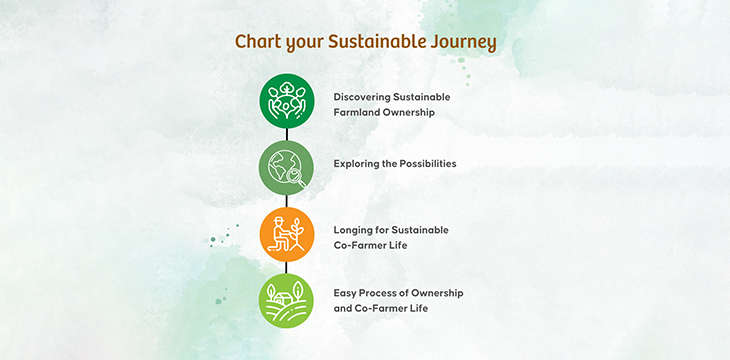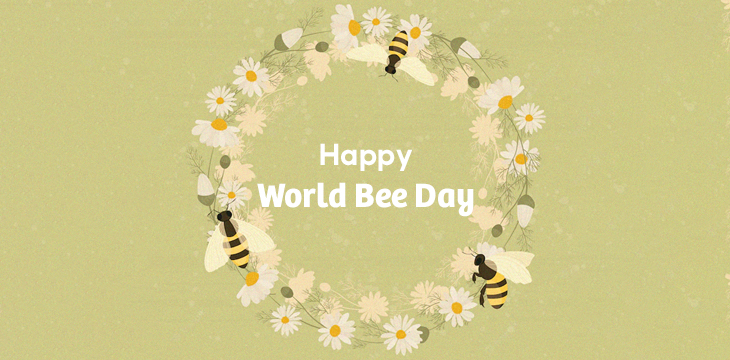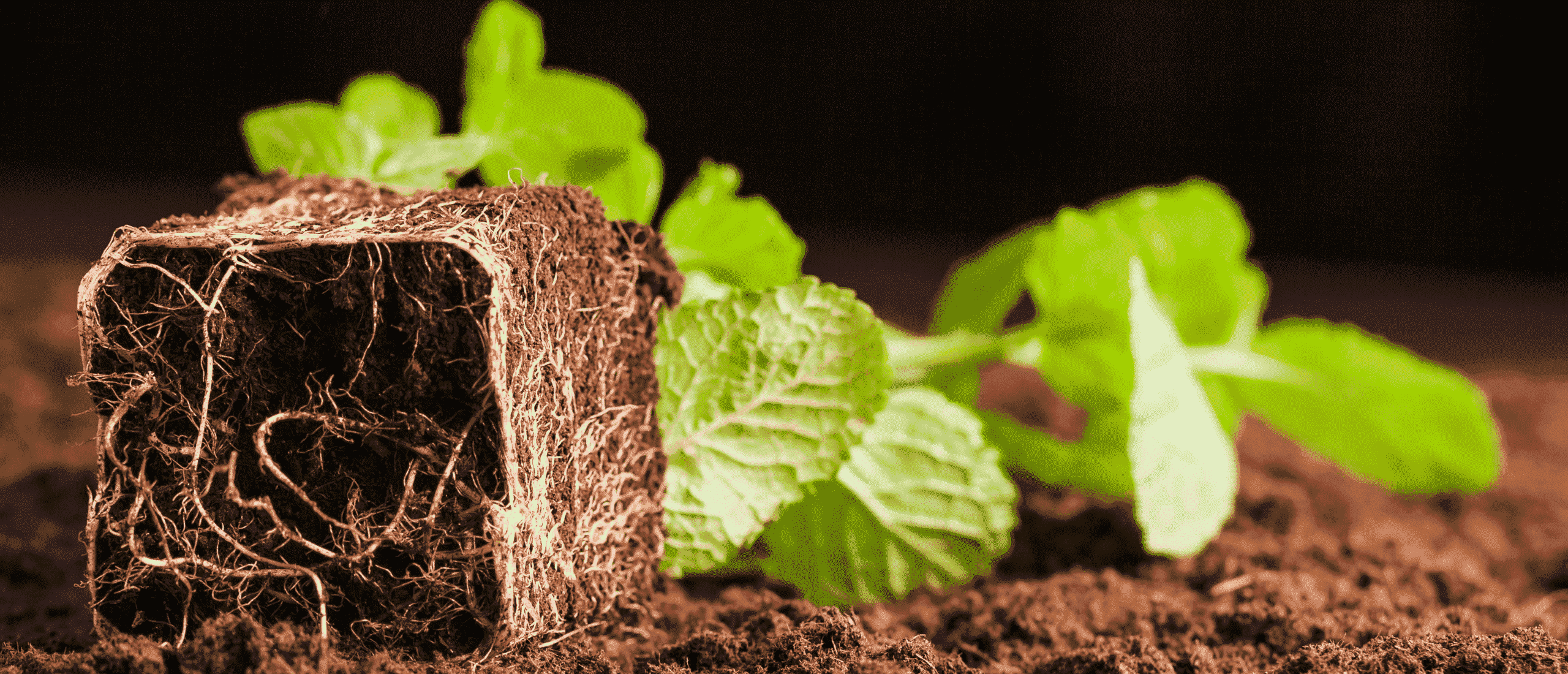May 22, 2023
Author – Srinivas Abhilash
“The loss of biodiversity is not just a scientific issue; it is a human rights issue.” – Vandana Shiva
Introduction
Imagine a world where everything and everyone was the same. The same thoughts, the same ideas, the same talents. It may seem comfortable at first, but soon monotony would overshadow our existence. We would miss out on the incredible fabric of perspectives, talents, and experiences that make each and every one of us unique.
Now, pause for a moment and consider the sheer magnificence of life that envelops us. From the towering trees in our neighborhoods to the tiny buzzing insects that flit around our gardens, our world is bursting with an extraordinary array of living beings. This kaleidoscope of life, the variety of living beings on earth, is what we call Biodiversity. It is in the richness of diversity that we find the very essence of our humanity.
In 1905, Sir Albert Howard, an English botanist, embarked on a journey to India with the intention of introducing Western farming methods. However, he was captivated by the immense wealth of ancient wisdom he encountered. In a remarkable shift, he chose to learn from local peasants and even pests, distilling his newfound knowledge into the book An Agricultural Testament. This revered text, often hailed as the bible of modern organic farming, highlights the essential principles of diversity and the law of return.
Biodiversity: The Symphony of Life
In the intricate tapestry of sustainable agriculture, biodiversity takes center stage. It’s the harmonious integration of diverse crops, trees, and animals that nourishes the soil and sustains a vibrant array of life. This symphony of resilience benefits both creatures and humans alike.
Every living organism on Earth plays a crucial role in maintaining the planet’s health and well-being. Just like members of a cohesive team, each species contributes to the overall balance of our ecosystem. From majestic plants to fascinating animals, even down to microscopic organisms, every piece is vital.
Our access to clean air, water, and food depends on this interconnected web of life. Biodiversity acts as the heartbeat that sustains the harmonious functioning of our planet. It is nature’s masterpiece, reminding us of the immense value and beauty that lies within our diverse and thriving world.
The Urgent Crisis: Declining Biodiversity Threatens Our World
But the clock is ticking, and our planet’s biodiversity is threatened like never before. Ecosystems that have evolved over millions of years are unraveling before our eyes, leaving behind fragmented habitats and disrupted ecological processes. The consequences of this loss reverberate across the globe. With each passing day, countless species teeter on the brink of extinction, forever erasing unique genetic blueprints and disrupting the intricate web of life that sustains us all.
Diminished biodiversity means diminished resilience to environmental changes, making us more vulnerable to the impacts of climate change, disease outbreaks, and natural disasters. The delicate balance of ecosystems that regulate our air, water, and soil quality is at stake, putting our own well-being in jeopardy.
As the world-renowned environmental thinker and activist Dr. Vandnana Shiva says in her book ONENESS Vs the 1% “We are at a critical juncture in the evolution of the planet and in our evolution as a species. More than 90 percent of crop varieties have disappeared; some 75 percent of plant genetic diversity has been pushed to extinction by the monocultures of the mechanical mind. We are living in the age of the sixth extinction; this is the moment where we need to rejuvenate biodiversity on our farms and in our fields, in our kitchens and on our plates, to address the climate crisis, the health crisis, the crisis of corporate control over our food.”
Though global agreements and commitments to preserve biodiversity have been made, mere words are no longer sufficient. With the pressing need for urgent action to protect our planet’s biodiversity, embracing the principles of permaculture becomes even more crucial.
Permaculture: Reviving Biodiversity through Regenerative Farming
By unlocking the potential of permaculture, we can revive and rebuild biodiversity. By following permaculture ethics and principles and implementing regenerative farming practices, we reclaim what was lost. Through this holistic approach, we reconnect with the interconnectedness of our environment. Mimicking natural ecosystems, we restore balance, nurturing seeds, soil, air, and water. The regenerative magic benefits local ecosystems and ripples outward, reviving biodiversity on a grand scale. Managed farmlands by Hosachiguru follow permaculture principles and adopt and implement sustainable practices using regenerative farming methods which help to maximize biodiversity.
Building and Promoting Biodiversity at Hosachiguru-Managed Farmlands
- Creating Habitat for Birds and Enhancing Biodiversity
- Native Planting
-
-
- Hosachiguru promotes biodiversity and conservation by utilizing native and heirloom seeds and plants.
- These plants attract diverse insects and serve as vital food sources for various bird species. Additionally, the use of native plants creates shelters, nesting sites, and covers for birds.
- Also by implementing food forests and agroforestry, Hosachiguru enhances biodiversity and contributes to the preservation of rare species and their habitats.
- This approach strengthens the farm’s ecosystem, promotes resilience, and actively supports biodiversity conservation.
- Hosachiguru promotes biodiversity and conservation by utilizing native and heirloom seeds and plants.
-
- Bird Perches, Feeders, and Birdhouses
- At Samruddhi, a managed farmland by Hosachiguru has bird perches. These specific areas provide birds with a place to rest or roost. By perching on these installations, the predatory birds get a good view of the landscape during hunting and these structures enable them to spot and track the pest movements easily.
- Installation of bird boxes at Hosachiguru farms attracts beneficial bird species that provide nesting sites. These birds, including drongos, bluebirds, chickadees, and swallows, naturally prey on insects and pests that can harm crops, fruits, and gardens. By strategically placing bird boxes around the farm, we encourage these helpful birds to reside there and naturally control pest populations in the long term.
- At various Hosachiguru farmlands, bird feeders are also hung around housing structures to attract birds initially with nuts and seeds. During the dry season, bird water bowls are placed in shaded areas as well.
- Combating Invasive Species for Biodiversity Conservation
- Combating invasive species is crucial for biodiversity at Hosachiguru-managed farmlands. Efforts are made to effectively manage and control invasives, protecting native flora and fauna and promoting biodiversity. This sustainable approach creates a favorable environment for native species, contributing to overall biodiversity richness.
- Water Management for Biodiversity Preservation
-
- The design of the managed farmlands at Hosachiguru takes into account the unique features of the landscape, including water catchment areas and topography. This thoughtful approach ensures the efficient collection and conservation of rainwater, which not only aids in soil health and fertility but also supports the diverse array of plants and animals that rely on water sources.
- Swales, bioswales, contour swales, and staggered trenches are instilled right from the beginning at Hosachiguru’s managed farmlands as a part of land and water management practicesRestoring Riparian Zone and Wetland Conservation
- Restoring Riparian Zone and Wetland Conservation
- In-house permaculturists and agronomists work hand in hand to restore riparian zones (these zones provide critical habitat for a variety of species, including birds, amphibians, and insects) at all projects that reduce soil erosion.
- Buffer zones at Hosachiguru farmlands defend waterways, filter runoff, and prevent pollutants. Among Earth’s most diverse ecosystems, wetlands provide habitat, filter water, and regulate its flow. All wetlands are protected through buffer zones, ensuring the preservation of biodiversity.
- Areas adjacent to the streams and ponds are marked as Riparian zones at Madhuvana Farms by Hosachiguru. The vegetation in this area creates a unique wetland microclimate within a dryland ecosystem. It contributes to the land’s biodiversity and provides shelter to native fauna. The vegetation also helps stabilize banks and stream beds in the case of storm events and helps mitigate flash floods.
- By implementing these water management strategies, Hosachiguru ensures the long-term preservation of biodiversity, protects aquatic ecosystems, and secures the availability of water resources for future generations.
- The design of the managed farmlands at Hosachiguru takes into account the unique features of the landscape, including water catchment areas and topography. This thoughtful approach ensures the efficient collection and conservation of rainwater, which not only aids in soil health and fertility but also supports the diverse array of plants and animals that rely on water sources.
-
- Regenerative Agroforestry: A Catalyst for Biodiversity
- By combining agriculture and forestry practices, regenerative agroforestry promotes sustainable land management, enhances ecosystem services, and supports diverse habitats.
- By following the syntropic farming method, diverse combinations of trees, shrubs, and biomass crops are planted across all farms, providing habitat for wildlife.
- The presence of various plant species attracts beneficial insects and pollinators, fostering a vibrant ecosystem.
- By combining agriculture and forestry practices, regenerative agroforestry promotes sustainable land management, enhances ecosystem services, and supports diverse habitats.
- Soil Regeneration and Restoration for Biodiversity Support
- Healthy soil is teeming with life, including microorganisms, fungi, insects, and other organisms, which play vital roles in nutrient cycling, soil structure formation, and overall ecosystem functioning.
- Hosachigru focuses on building soil health and fertility through organic practices
- Topsoil compost application, growing cover crops, and leaving crop residues are some of the routine tasks which help in enhancing soil fertility and maintaining biodiversity at Hosachiguru-managed farmlands
- No-Tillage, crop rotation, diversification, soil mulching, alley cropping and avoiding overgrazing and soil compaction enhances oil biodiversity, improves soil health, and create a supportive environment for a diverse array of organisms.
- Pollinator-Friendly Agricultural Practices
- Hosachiguru Managed Farmlands prioritizes pollinator-friendly agriculture, promoting a thriving environment for pollinators. We achieve this through chemical-free farming practices based on permaculture principles and ethics.
- Hedge planting systems at Hosachiguru farms have native shrubs along farm boundaries and pathways.
- They provide nesting and breeding spaces for pollinators. They also serve as windbreaks, provide shelter, and create additional pollinator habitats.
- Habitat ponds provide a habitat for dragonflies, water bugs, and other water-dependent pollinators.
- Spiral gardens, mandala gardens, and keyhole gardens are implemented
- These designs integrate a diverse range of vegetables and medicinal plants, attracting pollinators and supporting their foraging activities.
- Hedge planting systems at Hosachiguru farms have native shrubs along farm boundaries and pathways.
- Hosachiguru Managed Farmlands prioritizes pollinator-friendly agriculture, promoting a thriving environment for pollinators. We achieve this through chemical-free farming practices based on permaculture principles and ethics.
Conclusion
Hosachiguru actively promotes biodiversity conservation through a range of initiatives and practices, such as No-Tillage, creating bird habitats, combating invasive species, implementing intelligent water management strategies, practicing regenerative agroforestry, prioritizing soil regeneration and restoration, and conserving wildlife. These efforts lead to thriving ecosystems that support sustainable farming and contribute to the overall richness and resilience of biodiversity.
The team at Hosachiguru, alongside their dedicated co-farmers, is at the forefront of the mission to rebuild biodiversity, aligned with the theme of International Biodiversity Day 2023. By partnering with Hosachiguru, you gain a trusted ally in the fight to revive biodiversity. Whether you are a farmer, enthusiast, or passionate eco-warrior, joining forces as a co-farmer with Hosachiguru empowers you to make a meaningful impact. Together, we have the power to breathe life back into our planet, creating a sustainable and biodiverse future. Take action now and become a catalyst for change. Join us in this transformative movement, where every individual contribution plays a vital role. Together, let’s reshape the destiny of our environment and ensure a thriving world for generations to come.


























































































































































